The Goa Inquisition was set up at the request of Jesuit missionary Francis Xavier in a letter dated 16 May 1546 to King John III of Portugal. Between the Inquisition’s beginning in 1561 and its temporary abolition in 1774, at least 16,202 persons were brought to trial. Most of the Goa Inquisition’s records are now lost, destroyed by the Portuguese when the Inquisition was abolished in 1820.
French historian and philosopher Voltaire wrote, “Goa is sadly famous for its Inquisition, which is contrary to humanity as much as to commerce. The Portuguese monks deluded us into believing that the Indian populace was worshipping the Devil, while it is they who served him.” – IS
At least from 1540 onwards, and in the island of Goa before that year, all the Hindu idols had been annihilated or had disappeared, all the temples had been destroyed and their sites and building material was in most cases utilized to erect new Christian churches and chapels. Various viceregal and Church council decrees banished the Hindu priests from the Portuguese territories; the public practices of Hindu rites including marriage rites, were banned; the state took upon itself the task of bringing up Hindu orphan children; the Hindus were denied certain employments, while the Christians were preferred; it was ensured that the Hindus would not harass those who became Christians, and on the contrary, the Hindus were obliged to assemble periodically in churches to listen to preaching or to the refutation of their religion.”
A particularly grave abuse was practiced in Goa in the form of mass baptism and what went before it. The practice was begun by the Jesuits and was alter initiated by the Franciscans also. The Jesuits staged an annual mass baptism on the Feast of the Conversion of St. Paul (January 25), and in order to secure as many neophytes as possible, a few days before the ceremony the Jesuits would go through the streets of the Hindu quarter in pairs, accompanied by their Negro slaves, whom they would urge to seize the Hindus. When the blacks caught up a fugitive, they would smear his lips with a piece of beef, making him an “untouchable” among his people. Conversion to Christianity was then his only option.
The Goan Inquisition is regarded by all contemporary portrayals as the most violent inquisition ever executed by the Portuguese Catholic Church. It lasted from 1560 to 1812. The inquisition was set as a tribunal, headed by a judge, sent to Goa from Portugal and was assisted by two judicial henchmen. The judge was answerable to no one except to Lisbon and handed down punishments as he saw fit. The Inquisition Laws filled 230 pages and the palace where the Inquisition was conducted was known as the Big House and the Inquisition proceedings were always conducted behind closed shutters and closed doors. The screams of agony of the victims—men, women, and children—could be heard in the streets, in the stillness of the night, as they were brutally interrogated, flogged, and slowly dismembered in front of their relatives. Eyelids were sliced off and extremities were amputated carefully, a person could remain conscious even though the only thing that remained was his torso and head.
Diago de Boarda, a priest, and his advisor Vicar General Miguel Vazz had made a 41 point plan for torturing Hindus. Under this plan Viceroy Antano de Noronha issued in 1566, an order applicable to the entire area under Portuguese rule:
“I hereby order that in any area owned by my master, the king, nobody should construct a Hindu temple and such temples already constructed should not be repaired without my permission. If this order is transgressed, such temples shall be, destroyed and the goods in them shall be used to meet expenses of holy deeds, as punishment of such transgression.”
In 1567 the campaign of destroying temples in Bardez met with success. At the end of it 300 Hindu temples were destroyed. Enacting laws, prohibition was laid from December 4, 1567 on rituals of Hindu marriages, sacred thread wearing and cremation. All the persons above 15 years of age were compelled to listen to Christian preaching, failing which they were punished.
A religious order was issued on the basis of the findings of the Goa Inquiry Commission. It stated, “Hereby we declare the decision that the conventions mentioned in the preamble of the order as stated below are permanently declared as useless, and therefore prohibited.”
Prohibitions Regarding Marriages
- The instruments for Hindu songs shall not be played;
- While giving dowry the relatives of the bride and groom must not be invited;
- At the time of marriage, betel leaf packages (pan) must not be distributed either publicly or in private to the persons present;
- Flowers, or fried puris, betel nuts and leaves must not be sent to the heads of the houses of the bride or groom;
- Gotra ceremony of family God must not be performed;
- On the day prior to a wedding, rice must not be husked, spices must not be pounded, grains must not be ground and other recipes for marriage feast must not be cooked;
- Pandals and festoons must not be used;
- Pithi should not be applied;
- The bride must not be accorded ceremonial welcome. The bride and groom must not be made to sit under pandal to convey blessings and best wishes to them;
- The poor must not be fed or ceremonial meals must not be served for the peace of the souls of the dead;
- There should be no fasting on ekadashi day;
- Fasting can be done according to the Christian principles;
- No rituals should be performed on the twelfth day after death, on moonless and full moon dates;
- Hindu men should not wear dhoti either in public or in their houses. Women should not wear cholis;
- They should not plant tulsi in their houses, compounds, gardens or any other place.
Following the law of 1567, orphans were kidnapped for converting them to Christianity.
On September 22, 1570 an order was issued that:
- The Hindus embracing Christianity will be exempted from land taxes for a period of 15 years;
- Nobody shall bear Hindu names or surnames.
In 1583 Hindu temples at Esolna and Kankolim were destroyed through army action. “The fathers of the Church forbade the Hindus under terrible penalties the use of their own sacred books, and prevented them from all exercise of their religion. They destroyed their temples, and so harassed and interfered with the people that they abandoned the city in large numbers, refusing to remain any longer in a place where they had no liberty, and were liable to imprisonment, torture and death if they worshipped after their own fashion the gods of their fathers.” wrote Sasetti, who was in India from 1578 to 1588.
An order was issued in June 1684 eliminating Konkani language and making it compulsory to speak Portuguese language. The law provided for dealing roughly with anyone using the local language. Following that law all the symbols of non-Christian sects were destroyed and the books written in local languages were burnt.
The archbishop living on the banks of the Ethora had said during one of his lecture series, “The post of Inquiry Commission in Goa is regarded as holy.” The women who opposed the assistants of the commission were put behind the bars and were used by them to satisfy their animal instincts. Then they were burnt alive as opponents of the established tenets of the Catholic Church.
The victims of such inhuman laws of the Inquiry Commission included a French traveller named Dellon. He was an eye-witness to the atrocities, cruelty and reign of terror unleashed by priests. He published a book in 1687 describing the lot of helpless victims. While he was in jail he had heard the cries of tortured people beaten with instruments having sharp teeth. All these details are noted in Dellon’s book.
So harsh and notorious was the Inquisition in Goa, that word of its brutality and horrors reached Lisbon, but nothing was done to stop this notoriety and escalating barbarity and it continued for two hundred more years. Nobody knows the exact number of Goans subjected to these diabolical tortures, but perhaps it runs into hundreds of thousands, may be even more. The abominations of the Inquisition continued until a brief respite was given in 1774 but four years later, the Inquisition was introduced again and it continued uninterruptedly until 1812. At that point in time, in the year of 1812, the British put pressure on the Portuguese to put an end to the terror of the Inquisition and the presence of British troops in Goa enforced the British desire. Also the Portuguese power at this time was declining and they could not fight the British. The palace of the Grand Inquisitor, the Big House, was demolished and no trace of it remains today, which might remind someone of the Inquisitions and the horrors inside this Big House that their great saint Francis Xavier had commenced.
Dr. Trasta Breganka Kunha, a Catholic citizen of Goa writes, “Inspite of all the mutilations and concealment of history, it remains an undoubted fact that religious conversion of Goans is due to methods of force adopted by the Portuguese to establish their rule. As a result of this violence the character of our people was destroyed. The propagation of Christian sect in Goa came about not by religious preaching but through the methods of violence and pressure. If any evidence is needed for this fact, we can obtain it through law books, orders and reports of the local rulers of that time and also from the most dependable documents of the Christian sect. – www.vgweb.org
Xavier was aware of the brutality of the Inquisition, says Dr. DeSouza – Devika Sequeira
One of the darkest chapters in Indo-Portuguese history, the Inquisition, deserves far more comprehensive research to bring out the truth from an Indian perspective, says historian Teotonio R. De Souza. Head of the Department of History, Universidade Lusofona de Humanidades e Tecnologias, the Lisbon-based De Souza who has published 10 books. He spoke to Devika Sequeira of Deccan Herald. Excerpts:
• This year marks 500 years of the Portuguese arrival in Goa in 1510 which set the stage for one of the longest colonial dominations in history. Academically, how significant is this anniversary?
• While the Portuguese had already started their commercial links at Cannanore-Calicut-Cochin about a decade earlier, the conquest of Goa marked a turning-point in their policy, namely the decision to secure a land-base of their own with full sovereignty. Two decades later it was made the headquarters of the new empire, which from 1505 was named Estado da India. As Afonso de Albuquerque wrote to his king, the settling down in Goa of casados (married settlers) would send a signal to all in India that the Portuguese had come to stay!
• Given the complex and often bitter political relationship between Goa and Portugal post the 1961 Liberation, Goa has given the event a complete miss. How should it have responded in your view?
• It was unfortunate that the Salazar regime (Portuguese dictator Antonio de Oliveira Salazar) was not flexible enough to compromise and dialogue with newly independent India. It was a regime that was also blind to world developments and survived till 1974 causing much heartache to the Portuguese themselves. Goans cannot though deny the fact that Goa owes its unique identity, and consequently its statehood, to the colonial experience—albeit that identity might have come from both good and bad experiences. The Portuguese republic in 1910 reduced the earlier restraints upon the Hindu population and extended to them the political benefits of liberalism. Goa could join Portugal this year in commemorating 100 years of this event. Goans should know that Portugal too has grown through harsh experiences of their own people. It would benefit Goans and the Portuguese to share these mutual experiences.
• Can you throw some light on the Goa Inquisition?
• The Goa Inquisition has been studied, but most studies concentrate upon the victims of Jewish descent. They were the main targets of the tribunals of Inquisition everywhere. However, the number of native victims, though less harshly treated, was proportionately much larger. Even the lighter sentences were traumatic for the natives and disrupted their family and social lives. Many spent years in forced labour in galleys and gunpowder factories, which needed cheap labour for the needs of the empire. But the fear and panic caused by the Inquisition procedures drove many out of the territory. A lot more incisive research would be required to trace these cases. Those accused of religious heresies and who refused to retract, or those accused of relapses in sodomy were the prime targets of death penalty. Many others were imprisoned and released with lighter sentences.
• The Inquisition was established in Goa in 1560 at the behest of St Francis Xavier. Was he aware of the brutality of the Inquisition tribunal?
• Francis Xavier and Simão Rodrigues, two founder-members of the Society of Jesus were together in Lisbon before Francis Xavier left for India. Both were asked to assist spiritually the prisoners of the Inquisition and were present at the very first auto-da-fé [burning at the stake] celebrated in Portugal in September 1540, at which 23 were absolved and two were condemned to be burnt, including a French cleric. Hence, Francis Xavier could not have been unaware of the brutality of the Inquisition.
• There was a debate a few years ago about excavating the well of the Inquisition that lies buried under the lawns of the See Cathedral in Old Goa. The issue was never pursued for fear of hurting religious sentiments. Is historical truth not obscured by such an attitude?
• All research related to the Inquisition that played havoc in the lives of Goans needs to be welcomed. The fears are generally unfounded. The Inquisition was not a religious institution, but essentially a political institution for disciplining all colonial subjects. I have more than once proposed the creation of an Inquisition Museum that could be a wonderful instrument of education and would even add to the income of cultural tourism. I think only a prolonged debate over this issue could clear the minds from unwarranted fears and sectarian prejudices.
• Across Goa priceless stone carvings and ruins of pre-Portuguese temples lie unprotected and abandoned. What should be done about these?
• The situation is much better today. Gritly von Miiterwalner, a German archeologist/anthropologist collected dozens of rare old stones — satikal and viragal — all over Goa, and handed them over to the Archaeological Survey of India in the mid 60s. This effort has to continue and perhaps local panchayats could be involved in protecting and displaying their cultural heritage. That could help carry cultural tourism to the hinterland. – Deccan Herald, 27 April 2010
More about the Goa Inquisition
- Papacy: Its Doctrine and History – Sita Ram Goel
- The Goa Inquisition: The Terrible Tribunal for The East – A.K. Priolkar
- An Account of the Inquisition at Goa, in India – M. Dellon
- Fr. Francis Gonsalves tries to sell the Jesuit brand to Indians – Ishwar Sharan
- Letter from India to the Society of Jesus at Rome (1543) – Francis Xavier
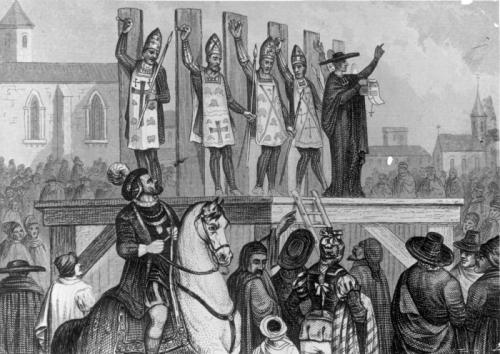

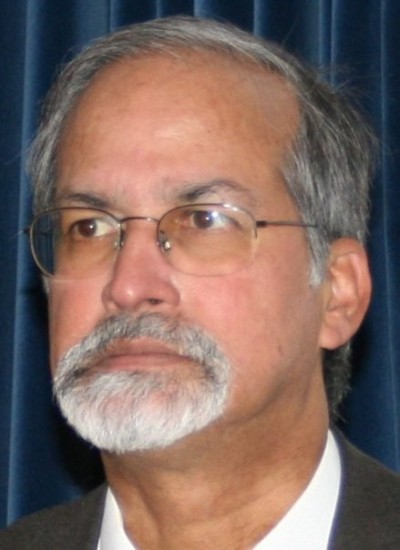
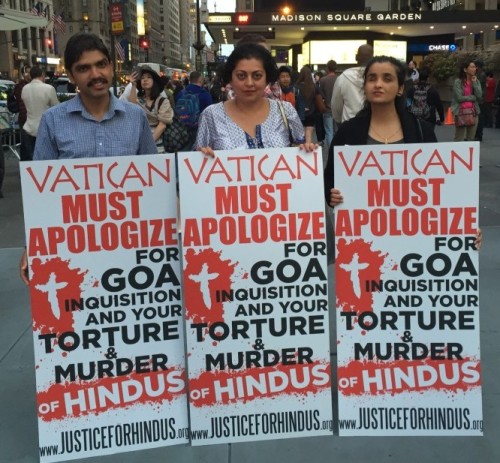






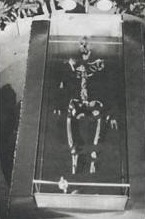

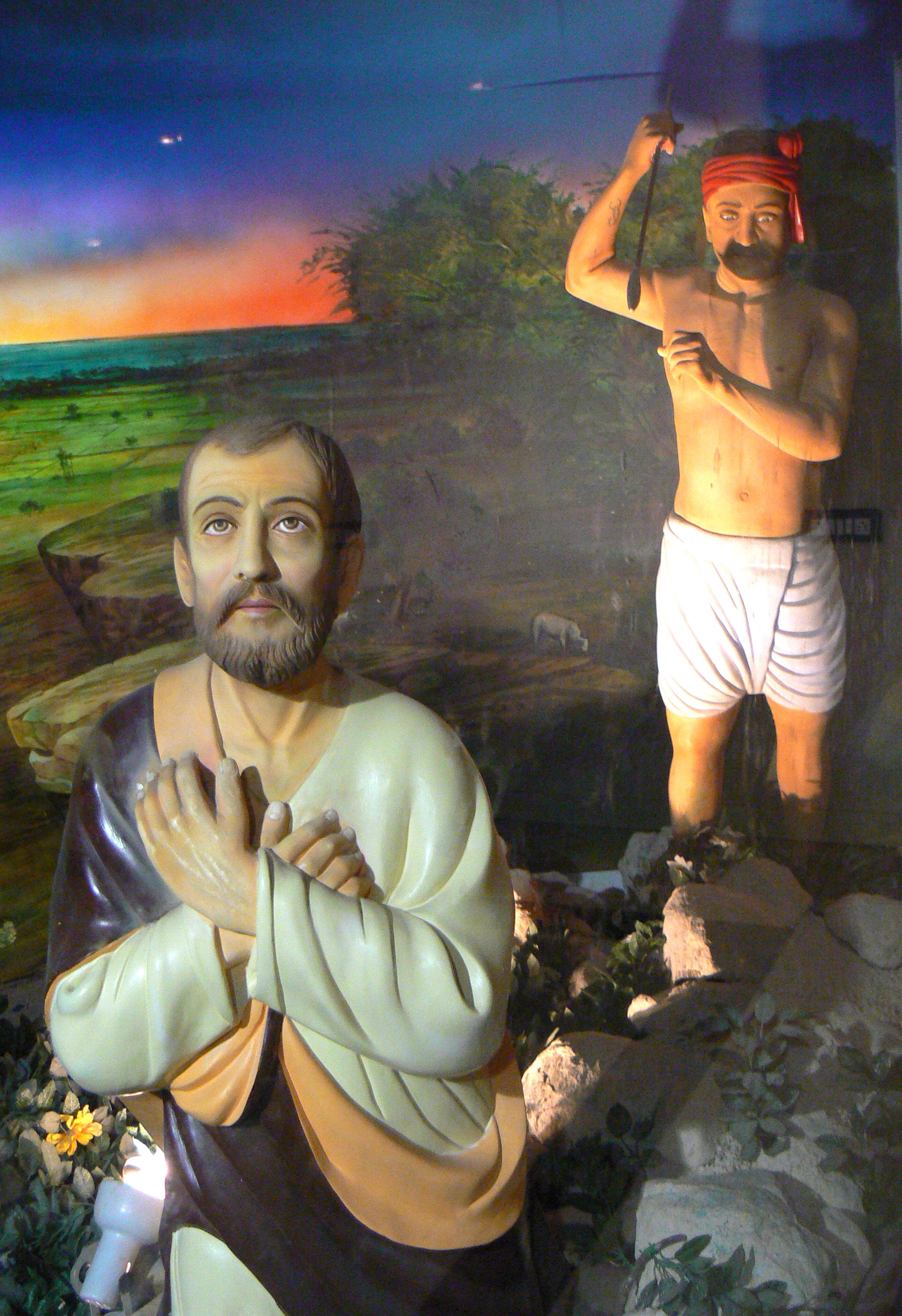


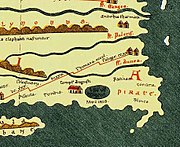









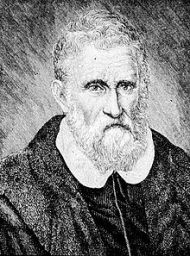



Goa Inquisition – Anjali Sharma – The New Indian Express – Chennai – 15 February 2020
Goa is synonymous with idyllic beaches, azure waters caressing golden sands and exquisite churches and mansions dating back hundreds of years to when the Portuguese ruled Goa. There is a laid-back and carefree air to the place, which is everyone’s favourite holiday destination. In the latter half of the sixteenth century, the lucrative spice trade transformed the once sleepy, palm-shaded Indian port into a multi-cultural city of elegant palaces, churches and gardens. In Portugal, this is still referred to as the golden age of Goa. But there was a darker side to the story because this was also a time when fear stalked Goa, when torture and mass executions were rife.
Once the Portuguese had established themselves in power in Goa, they set about ensuring that the indigenous people adhered to Portuguese religious beliefs.
After an initial period of indifference, the arrival of Christian missionaries led to a mandate that all Hindu temples be closed in 1541. Subsequently, by 1559 over 350 temples had been destroyed and private idol worship was banned. When Francis Xavier, the infamous missionary, demanded the setting up of the Goa Inquisition, a religious tribunal for suppression of heresy and punishment of heretics, things rapidly deteriorated for Jews, Hindus and others accused of being non-believers.
The dreaded Inquisition had already left its bloody footprint in Spain, where it was established in 1478 and was abolished in 1834. Set up in Goa in 1560, it was the age when the power of life and death of ordinary people lay in the hands of Christian priests.
Through brutal torture, people were required to pass the “act of faith” (auto-da-fe) by being stretched out on the rack or being burnt at the stake.
This has been documented in the historical bestseller, Guardian of the Dawn, by Richard Zimler, who called it the “machinery of death”.
A particularly effective method of coercing people was dismembering children limb by limb in front of their parents whose eyes were taped open till they agreed to convert.
The most tragic fate fell on the Jews who had settled in India. Many had been compelled to flee Spain’s bloody persecution of the Jews to Portugal, where they had assumed new identities as Christians though they secretly practised their faith. When the Inquisition came to Portugal, Jews found themselves in danger again and many fled to India to rebuild their lives though they still took care to hide their identities under the guise of practising Christians. But the Goan Inquisition again placed them in harm’s way.
In Old Goa, the palace of Adil Shah was converted into an Inquisition House, where a wooden table, overseen by a crucifix, was where the dreaded interrogators sat to interrogate the accused. Many Hindus fled with their deities across the Goan border to Ponda, where they built new temples. Ponda is today known as the Temple Town.
The faintest suspicion of heresy, such as being in possession of a small idol or whispering a Hebrew prayer over the grave of a loved one, was enough for the clergy to arrest people and torture them in special Inquisition prisons.
After being arrested and tortured in dungeons, so called heretics were kept in shackles by priests to make them divulge names of friends and family who had been party to their ‘heretical’ practices. Prisoners who refused to confess or give up their beliefs in Hindu or Jewish ‘sorcery’ were strangled by executioners or burnt alive in public Acts of Faith which lasted up to 1812, when the Inquisition was finally abolished.
It is estimated that by the end of the 17th century, ethnic cleansing of Hindus and Muslims meant that there were less than 20,000 people who were non-Christian out of the total Goan population of 2,50,000.
Ironically, Francis Xavier, the fanatical priest who was primarily responsible for bringing the Inquisition to Goa and ordering the torture of tens of thousands of Hindus and Jews, was canonised by Pope Gregory XV in 1622.
Francis Xavier’s embalmed remains are today kept in a silver casket inside the Bom Jesus Basilica and are brought out for public viewing every ten years. Ironically, the thousands who throng to view his body and seek blessings are blissfully unaware of the terrible atrocities inflicted on their ancestors hundreds of years ago.
How I Came to Write “Guardian of the Dawn” – Richard Zimler
In Portugal, where I live, people generally speak in glowing terms of The Golden Age of Goa. It was then, during the latter half of the 16th century, that a fabulously lucrative spice trade turned a sleepy, palm-shaded Indian port into a world-renowned, multi-cultural city of elegant palaces, churches, gardens, and markets. Yet on reading about this legendary colony, I soon discovered a far darker side to the story….
Shortly after Portuguese troops conquered Goa from the Sultan of Bijapur in 1510, they began forcing the tens of thousands of Hindu residents to convert to Christianity. In 1540, during a wave of fanaticism, they destroyed 300 Hindu temples, many of them built in ancient times. Then, in 1545, a Spanish Jesuit missionary named Francis Xavier petitioned the Portuguese Crown to establish the Inquisition. Once the king’s approval had been secured, the former Hindu population of Goa, as well as the hundreds of secret Jews living there, found themselves at the complete mercy of the Church. Simply keeping a statue of Shiva in a family shrine, or whispering a Hebrew prayer over the grave of a loved one, became a serious criminal offence. Those discovered to be practicing their old beliefs in secret were summarily arrested and tortured in dungeons, kept in shackles by priests hoping to force them to divulge the names of friends and family members who had joined them in their ‘heretical’ practices.
Prisoners who refused to identify others or give up their beliefs in Hindu or Jewish ‘sorcery’ were strangled by executioners or burnt alive in public Acts of Faith – from 1560 all the way up to 1812, when the Inquisition was finally abolished.
As a writer, I’ve always been very interested in exposing instances of injustice that other people would prefer to forget, and as soon as I read about this neglected period of unrelenting persecution, I realized I wanted to make it the background for a new volume of my Sephardic Cycle, a series of independent historical novels about different branches and generations of a Portuguese Jewish family named Zarco. The first two novels in this cycle are ‘The Last Kabbalist of Lisbon’ and ‘Hunting Midnight’, both international bestsellers.
I felt particularly inspired (and angered!) upon learning that Francis Xavier, the fanatical priest ultimately responsible for the torture of tens of thousands of Hindus and Jews, had been canonized by Pope Gregory XV in 1622. As far as I know, he remains the patron saint of all the missions of the Catholic Church.
Even though victims of persecution were only ever given their freedom on the condition that they never reveal what they’d suffered while in prison, a few courageous men and women dared to write about their experiences – sometimes in excruciating detail – and I was soon able to obtain copies of their narratives. These texts enabled me to accurately describe the workings of the Inquisition and helped me to give emotional depth to the characters in my book who suffer at the hands of the Church – Tiago and Berekiah Zarco, as well as Phanishwar Bakliwal. They also filled me with admiration for the authors and instilled in me an urgent desire to give greater voice to their bravery. – Abridged from Richar Zimler, 5 November 2010
Goa Inquisition – I
Goa Inquisition – II
Goa Inquisition – III